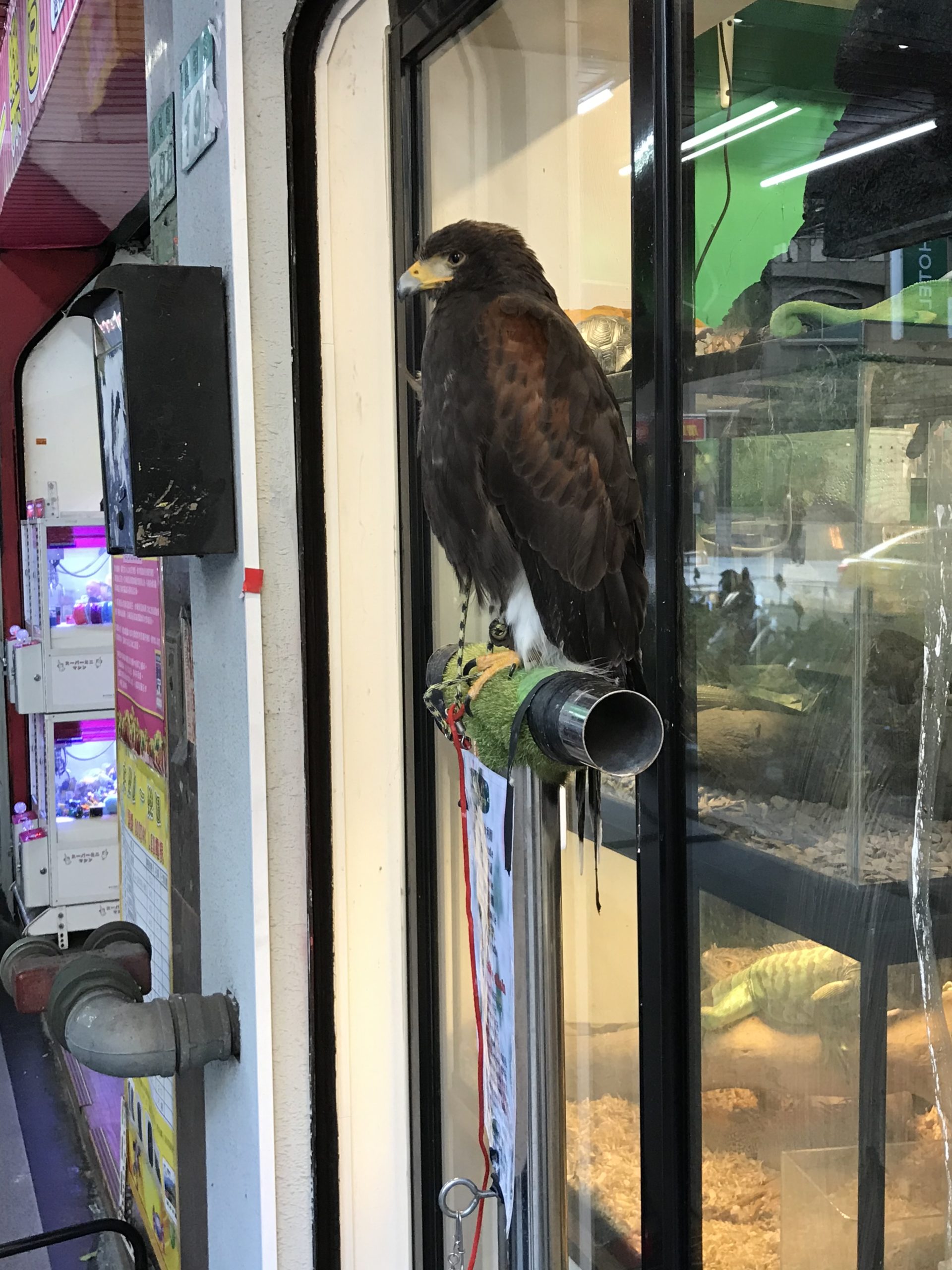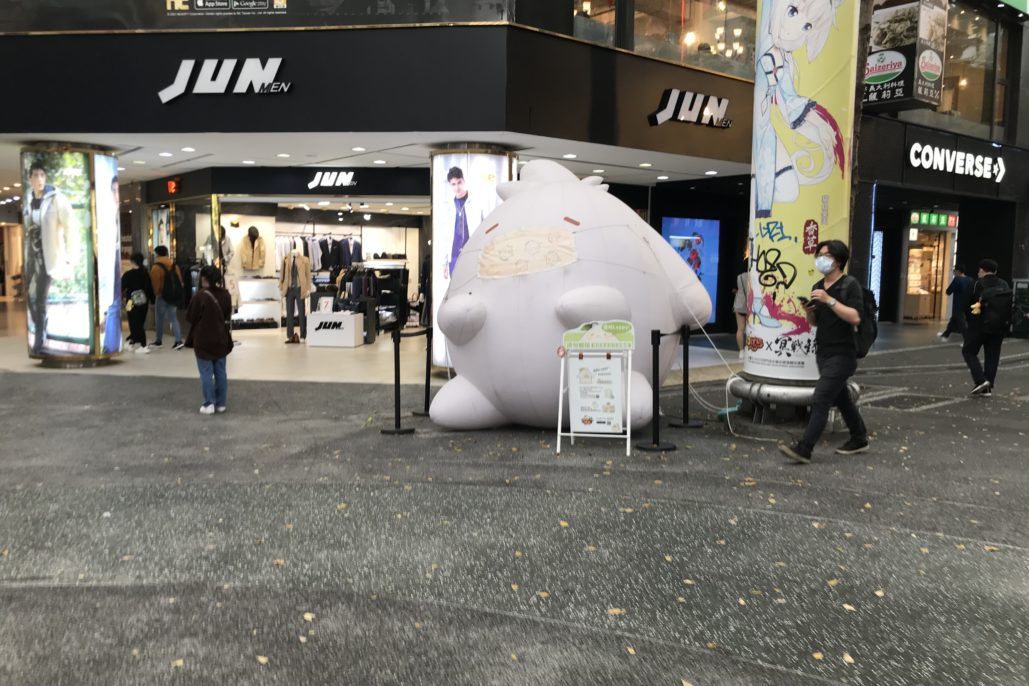by Brian Hioe
語言:
English
Photo Credit: Brian Hioe
WITH COVID-19 having finally arrived in Taiwan over the summer, I guess I’m finally realizing what the rest of the world went through over the past year. Certainly, with vaccines on their way to Taiwan while the rest of the world had to wait for the development and trial of vaccines, it’s probable that Taiwan will only have a relatively limited taste of what the rest of the world went through. Cases peaked at around 500 per day.
Just it’s no longer the case that my experience of living in Taiwan during this time will be completely different from the experience of living elsewhere during the pandemic—in the sense that it’s no longer the case that life in Taiwan didn’t come to a halt during the pandemic, but that it did for the rest of the world. It certainly hasn’t been as long as a year—just the summer is gone now. At the same time, it feels like a lifetime.

The closed New CB Party. Photo credit: Brian Hioe
Still, with restaurants, bars, nightclubs, and other venues forced to shut down, it seems that some places won’t survive the pandemic. Though it looks like the current level three alert may be lifted on July 27th now, indoor dining is to remain suspended for at least some time—that’ll continue to affect business.
There have already been some disappearances in the neighborhood. New CB Party, probably the largest karaoke in western Taipei, has permanently shut down. This came as quite a surprise, seeing as there were always young people gathered outside of it all through the night. You’d usually see a police cruiser parked across the street. Sometimes you’d see some drunken fights or crying.
It’s likely that a lot of bars or nightclubs will disappear—particularly smaller establishments that eke out a living with what few customers they have. The New CB Party—which I had never gone into—shutting down was a surprise because it otherwise seemed so prosperous. It could be that the superficial appearance of success disguised inner rot, or it could be that profit margins were simply that slim.

Eagle outside of the Italian restaurant. Photo credit: Brian Hioe
Another neighborhood joint that disappeared was a decidedly smaller affair. There was a small neighborhood noodle shop—Italian noodles, though Taiwanese Italian noodles are a pretty far cry from authentic Italian food. Although otherwise unremarkable, the store stood out for the numerous exotic pets that it had. This included a small crocodile, an eagle, a hedgehog, a tarantula, a dachshund with spot patterns, and a cat with leopard patterns.
To my regret, I never saw the hedgehog while it was awake—hedgehogs are nocturnal, after all. The crocodile usually just sat unmoving on the tables. Unless you poked its face, it would never bite—according to the owner, he was timid and afraid of even mice. The eagle I never approached for fear of having my eyes clawed out.
Somehow, I doubted this was legal, though the television news had reported on it before and nothing had happened to the store. Who knows. I never saw any signs that the animals weren’t well-cared for, though one wonders.
The strangest disappearance of all—and not one directly tied to any loss of business-may be that of the “Birdman” statue in Taipei Main station. The statue was considered one of the most well-known public artworks in Taiwan, consisting of a female child’s body with a bird head, and was in the underground shopping mall by Taipei Main station.

The “Daydream” sculpture. Photo credit: Meow/WikiCommons/CC
The bird-creature carried a pencil in one hand, while a nearby plaque was of a scrambled egg. Nobody knew quite how to interpret it, though many interpreted it to be about childhood or growing up. The official title of the piece was “Daydream”—I know one of the two artists that made it, who cited that after eleven years, they felt the statue’s time was up. There were even urban legends about the statue, such as that it would come to life after Taipei Main closed and stalk around the underground mall—though primarily satirical.
Ironically, although the statue’s disappearance was not due to any loss of business, this took place after a cluster of COVID-19 cases in the underground mall at Taipei Main. Still hard to not think of the two events as related, somehow.



